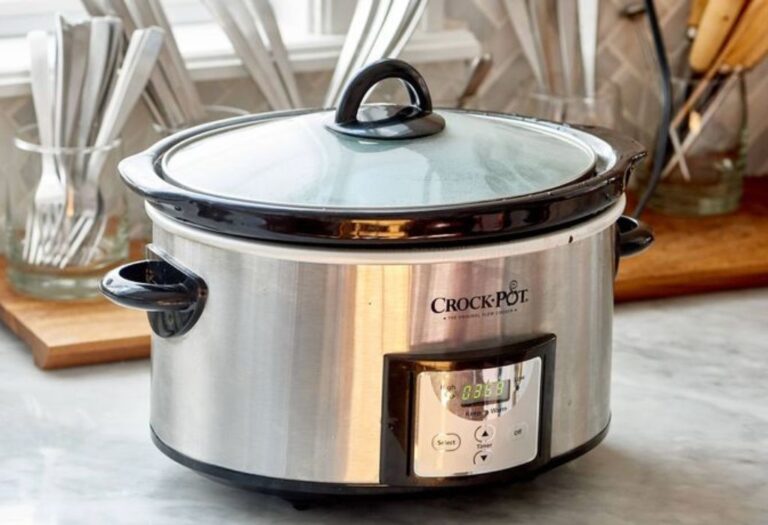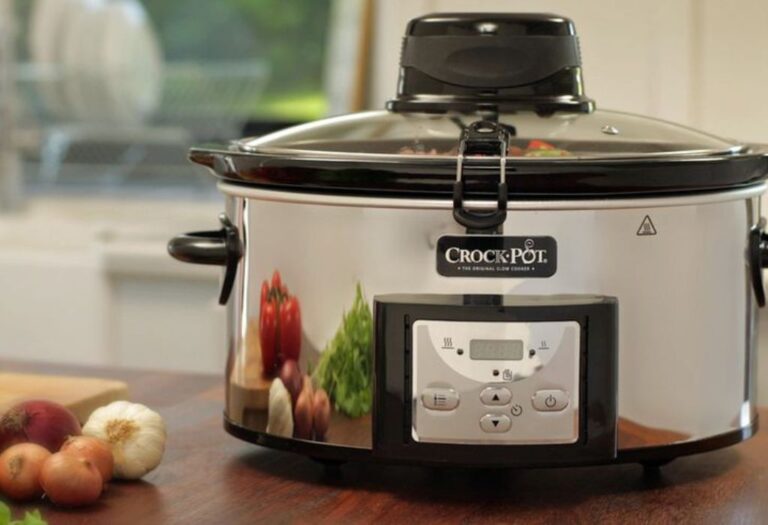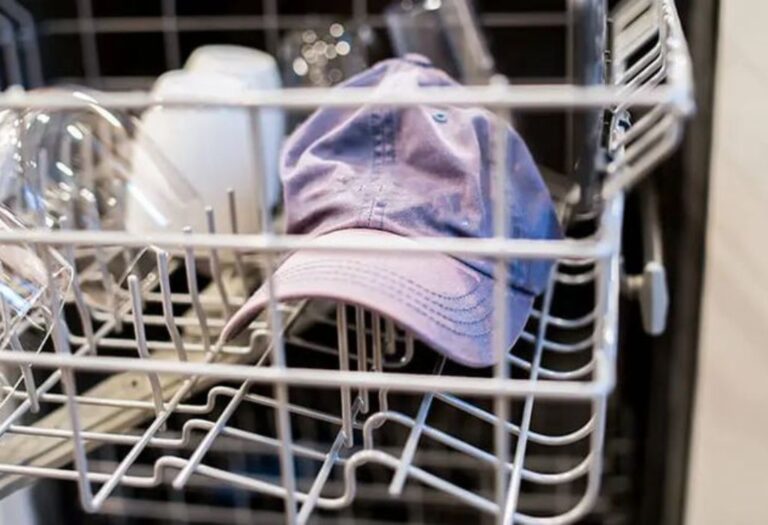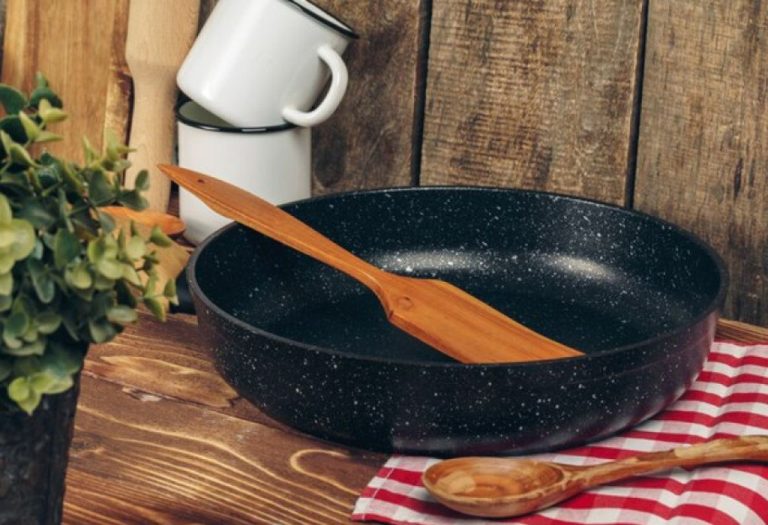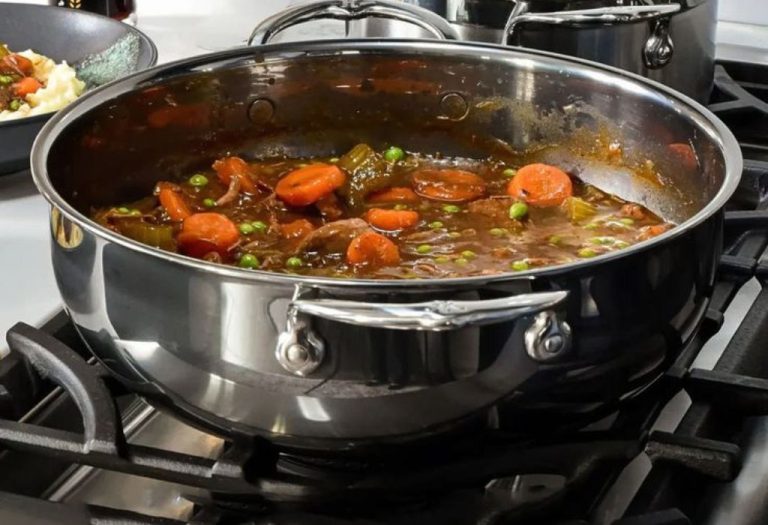The clinking of metal caught the mother’s attention. She turned just in time to see her toddler reaching into a drawer filled with sharp knives. One wrong move could have changed everything.
According to the U.S. Consumer Product Safety Commission, thousands of children are injured in kitchen-related accidents each year, many involving drawers and cabinets. These accidents often happen in seconds, when curiosity meets easy access.
Kitchen drawer safety locks are a small investment that can prevent life-changing injuries. They keep dangerous tools, cleaning chemicals, and fragile items out of reach, offering peace of mind for parents, caregivers, and even pet owners.
In this guide, you’ll learn the types of safety locks available, how to choose the right one for your home, installation tips, and extra childproofing strategies to make your kitchen a safer place for everyone.
Why Kitchen Drawer Safety Matters
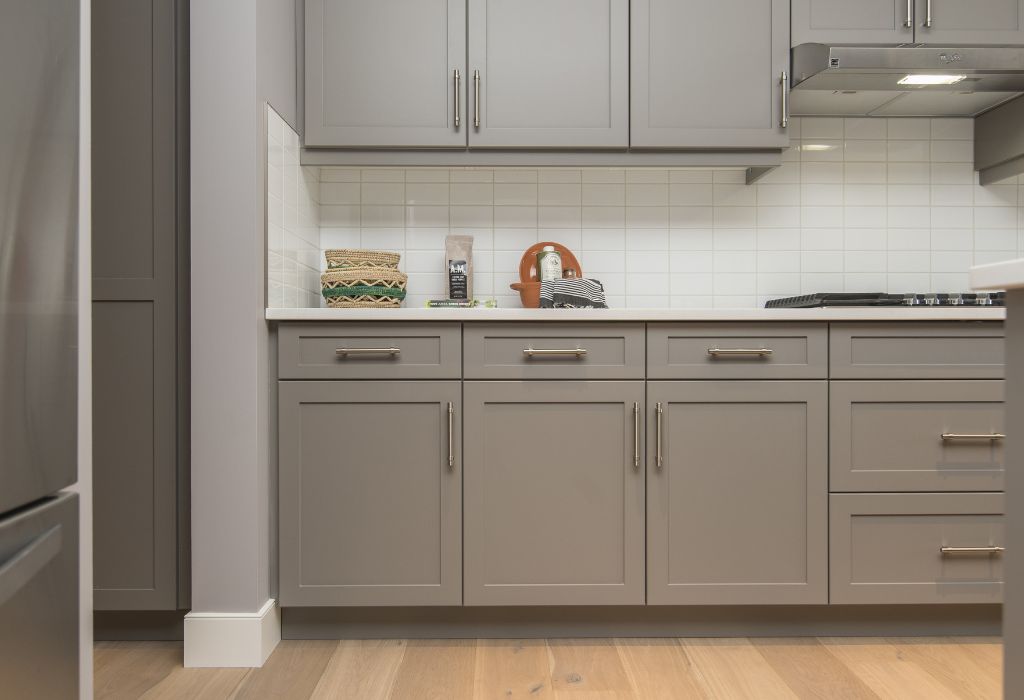
The kitchen is often called the heart of the home, but it can also be one of the most dangerous places for young children. Drawers may hold sharp knives, scissors, heavy utensils, and even toxic cleaning products.
According to the U.S. Consumer Product Safety Commission (CPSC), thousands of children are injured each year in household kitchen accidents. Many of these incidents happen when children open drawers unsupervised, turning a moment of curiosity into an emergency.
For parents and caregivers, kitchen drawer safety is not just about protecting children — it’s also about peace of mind. When locks are in place, you can focus on cooking, cleaning, and enjoying family time without constantly worrying about what a little pair of hands might grab.
Understanding Kitchen Drawer Safety Locks
What Are Kitchen Drawer Safety Locks?
Kitchen drawer safety locks are devices designed to restrict access to drawers containing potentially dangerous items. They are available in various designs and materials, from simple mechanical latches to advanced magnetic systems.
Most safety locks work by creating a barrier that only an adult can easily disengage. This ensures that toddlers, small children, and even curious pets cannot open drawers without supervision.
How They Prevent Accidents
By keeping dangerous items out of reach, safety locks significantly reduce the risk of injury. Sharp knives, glassware, and even heavy cookware can cause harm if pulled out by a child.
Some locks also deter pets from accessing drawers, preventing messes and accidental ingestion of harmful objects.
Types of Kitchen Drawer Safety Locks
Magnetic Safety Locks
These locks use powerful magnets to keep drawers shut. The lock is hidden inside the drawer, and a magnetic key is needed to open it.
Pros: Invisible from the outside, strong locking power.
Cons: Requires keeping track of the magnetic key.
Adhesive Strap Locks
Flexible straps with adhesive ends that attach to the outside of drawers. They require no drilling and are easy to remove when no longer needed.
Pros: Easy to install and remove.
Cons: Adhesive may weaken over time.
Slide Bolt Locks
A manual sliding mechanism that physically blocks the drawer from opening.
Pros: Durable and simple to use.
Cons: Visible on the outside of the drawer.
Internal Spring Latch Locks
Installed inside the drawer, these latches release when pressed in a certain way.
Pros: Hidden design, strong hold.
Cons: Installation requires some skill.
Combination or Key-Operated Locks
These offer maximum security, ideal for drawers with particularly dangerous or valuable items.
Pros: High security.
Cons: Slower access for adults.
How to Choose the Best Kitchen Drawer Safety Lock
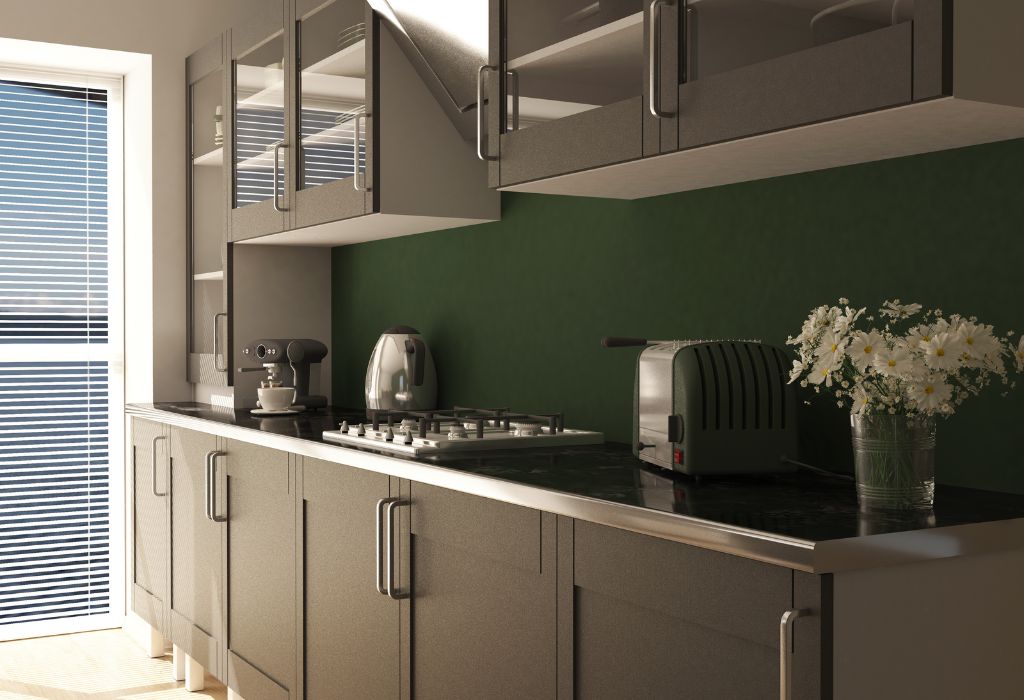
Consider Your Kitchen Layout
Think about where your drawers are located. Those near the floor, sink, or stove may need stronger locks.
Evaluate Installation Method
Decide whether you want a temporary adhesive option or a more permanent drilled installation.
Check Material & Build Quality
Plastic locks are lightweight but may wear faster, while stainless steel options are more durable.
Safety Standards & Certifications
Look for products tested for child safety compliance, such as ASTM or JPMA standards.
Step-by-Step Guide to Installing Kitchen Drawer Safety Locks
Tools & Materials Needed
- Screwdriver
- Measuring tape
- Cleaning wipes
Installing Adhesive Locks
- Clean the surface.
- Position the lock.
- Apply and press firmly.
- Allow adhesive to cure before use.
Installing Magnetic & Bolt Locks
- Measure alignment carefully.
- Secure the lock inside the drawer.
- Test the magnetic release.
Testing and Adjusting
Ensure the lock engages fully and can only be opened with the intended release method.
Maintaining and Replacing Safety Locks
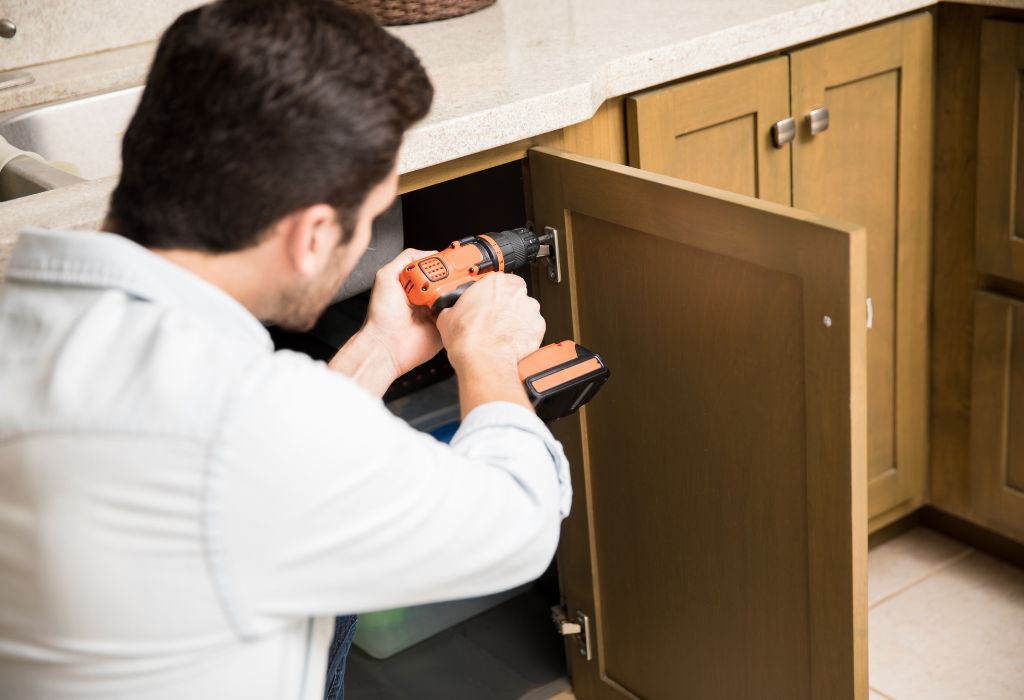
Routine Safety Checks
Inspect locks monthly for signs of wear, loose fittings, or weakened adhesive.
Replacing Worn-Out Locks
If a lock becomes loose or damaged, replace it immediately to maintain safety.
Child Growth Considerations
As children grow, they may figure out how to operate locks. Upgrade to more secure types when necessary.
Extra Childproofing Tips for Your Kitchen
Store Dangerous Items Out of Reach
Keep knives, heavy pans, and cleaning supplies in upper cabinets whenever possible.
Use Corner Guards & Stove Knob Covers
Prevent injuries from sharp counter corners and accidental stove use.
Create a Child-Friendly Kitchen Zone
Dedicate a safe, accessible drawer with plastic bowls, wooden spoons, and other harmless items so children can “help” without risk.
FAQs – Kitchen Drawer Safety Locks
Do magnetic safety locks work on all drawer types?
They work on most wooden and composite drawers but may be less effective on metal drawers.
Are adhesive safety locks strong enough for heavy drawers?
High-quality adhesive locks can handle moderate weight, but for very heavy drawers, bolt locks may be better.
How long do safety locks typically last?
Most last 1–3 years depending on usage and quality.
Can pets figure out how to open safety locks?
While rare, some determined pets might manage, which is why regular checks are important.
Are there safety locks that work without drilling?
Yes, adhesive strap locks and magnetic locks with adhesive bases require no drilling.
Can safety locks be removed without damaging furniture?
Adhesive locks can be removed with heat from a hairdryer to soften the glue.
What’s the average cost of a good quality safety lock?
Expect to pay between $10–$30 for a set of 4–8 locks.
Conclusion – A Safer Kitchen for Everyone
Kitchen drawer safety locks may be small, but their impact on home safety is huge. They protect children, pets, and even adults from accidents that can happen in seconds.
By choosing the right type, installing them correctly, and maintaining them regularly, you create a kitchen where safety comes first. The peace of mind that comes with knowing your family is protected is worth every penny and every minute spent on installation.
I’m Emma J. Caldwell, the founder, lead writer, and home-cooking enthusiast behind KitchenGuideCo.com. With a background in culinary arts and over a decade of cooking experience in both professional and personal kitchens, I created this platform to demystify recipes, offer smart kitchen gadget reviews, and guide readers through meal prep with confidence and clarity.

